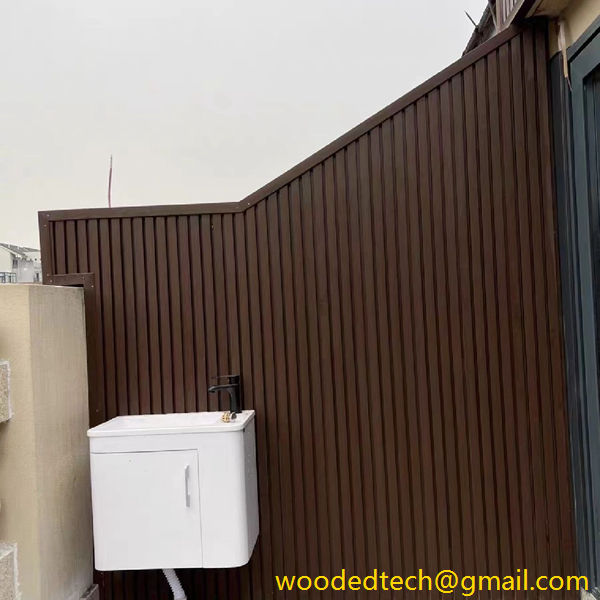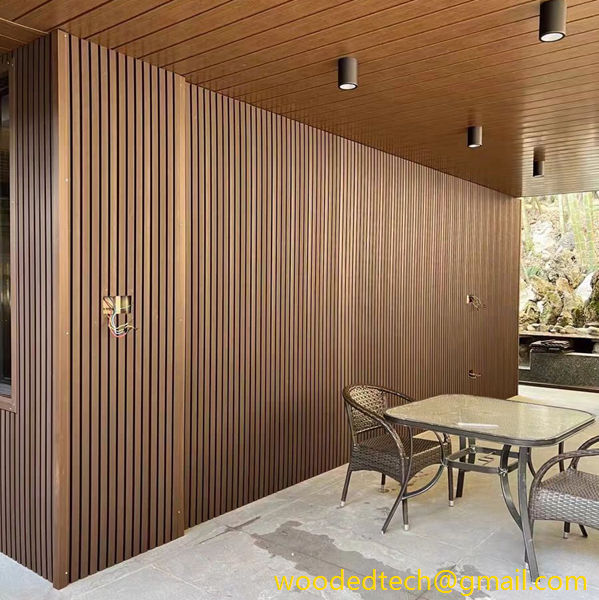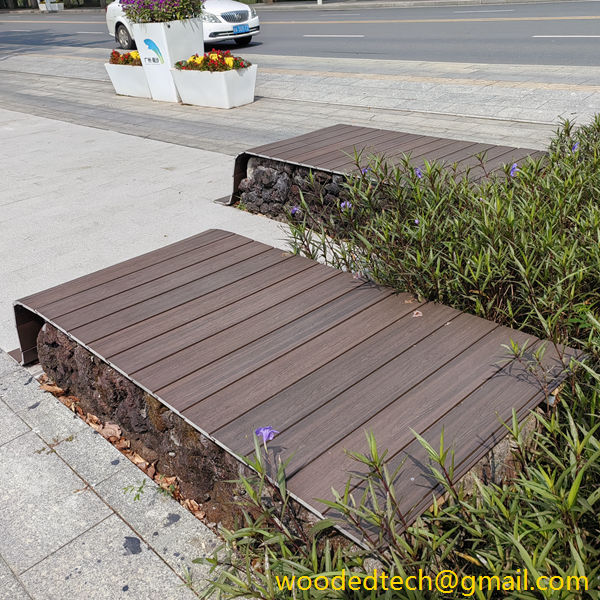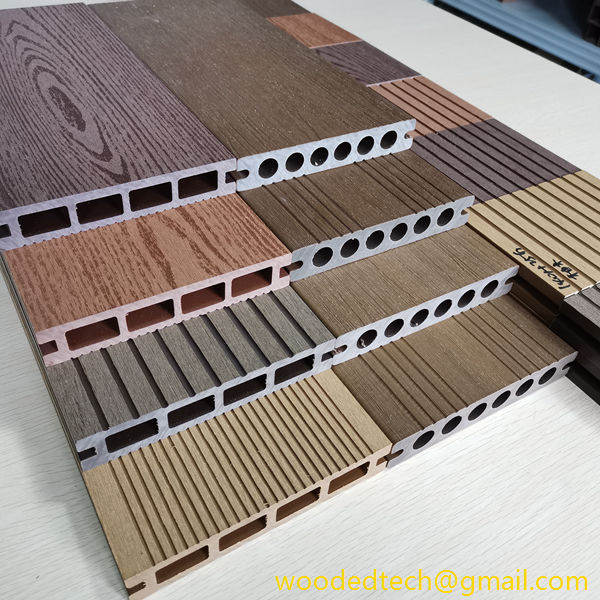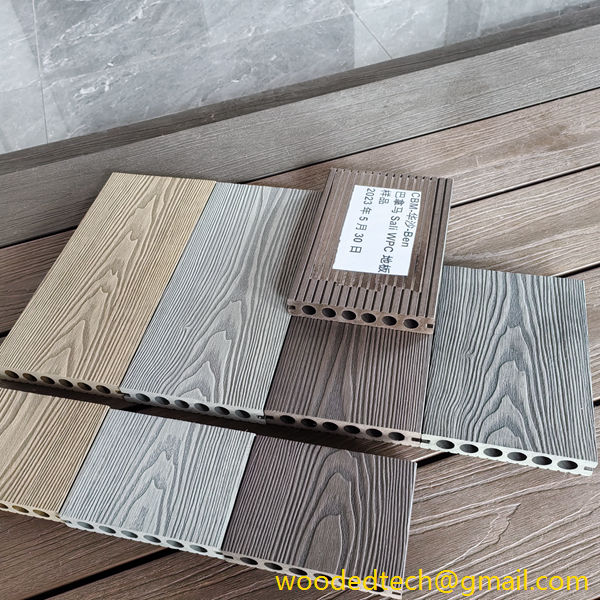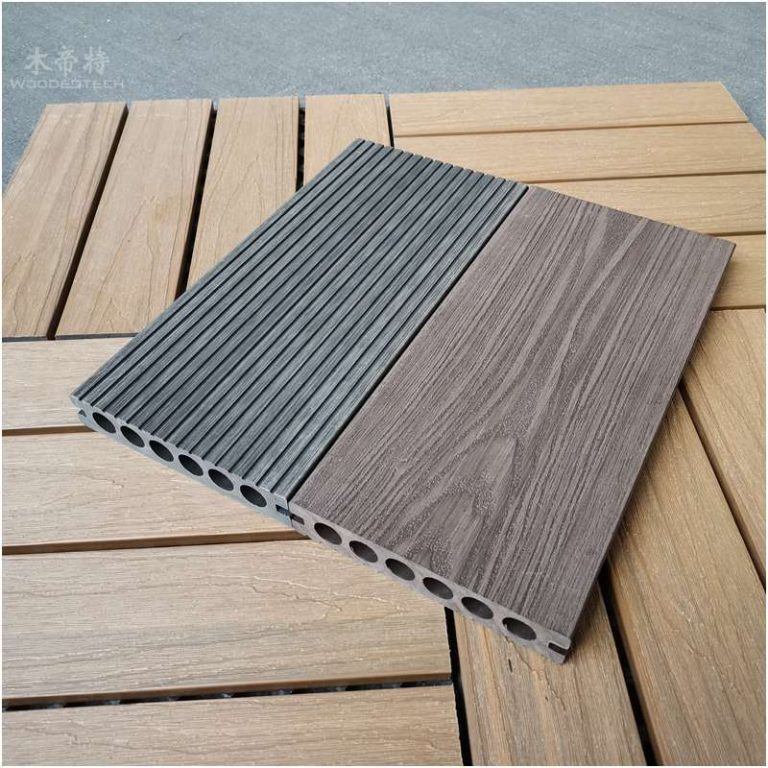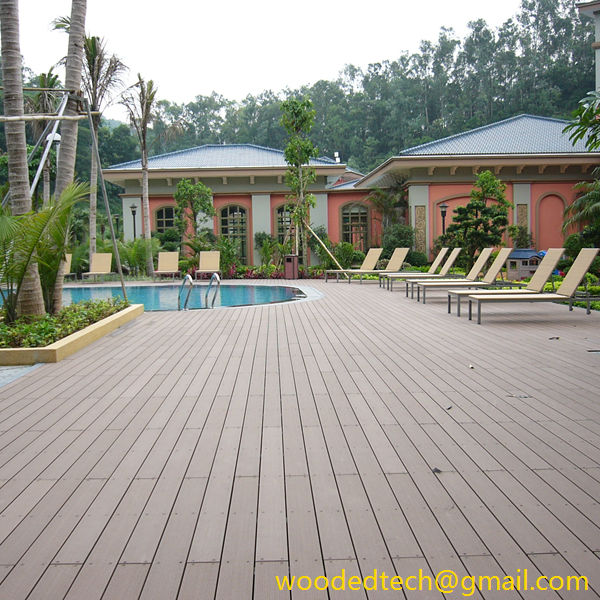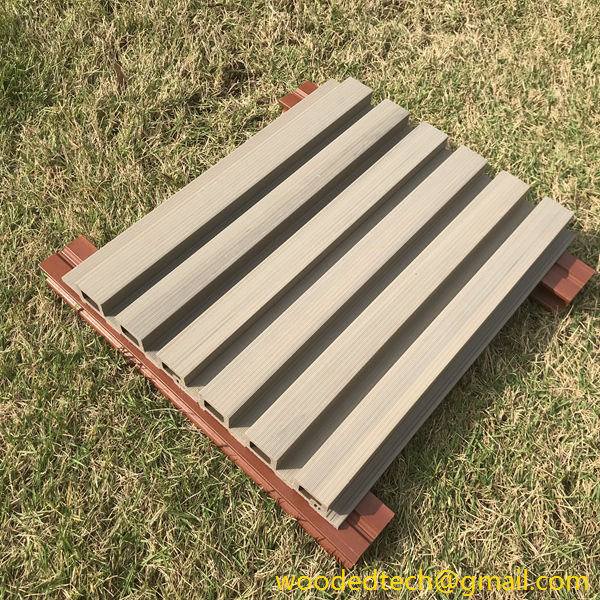Exterior Wall Cover: Stylish Options for Exterior Wall Covers to Enhance Curb Appeal
Exterior Wall Cover: Stylish Options for Exterior Wall Covers to Enhance Curb Appeal When it comes to enhancing the curb appeal of a home, the choice of exterior wall covering plays a pivotal role. The exterior wall cover is not merely a protective layer; it significantly influences the aesthetic appeal of a property. With a…
Exterior Wall Cover: Stylish Options for Exterior Wall Covers to Enhance Curb Appeal
When it comes to enhancing the curb appeal of a home, the choice of exterior wall covering plays a pivotal role. The exterior wall cover is not merely a protective layer; it significantly influences the aesthetic appeal of a property. With a myriad of stylish options available, homeowners can select materials that not only reflect their personal style but also integrate harmoniously with the surrounding environment. This article explores a variety of materials used for exterior wall coverings, examining their unique characteristics and the visual impact they can create.
One of the most classic options for exterior wall coverings is brick. Known for its durability and timeless charm, brick offers a rich texture and a spectrum of colors that can complement various architectural styles. Whether one opts for traditional red bricks or explores modern variations like whitewashed or painted bricks, this material exudes a sense of permanence and authenticity. Additionally, brick requires minimal maintenance and provides excellent insulation, making it a practical choice for homeowners aiming to enhance both aesthetic appeal and energy efficiency.
Another popular choice is wood siding, which brings warmth and natural beauty to any home. Available in various styles, including clapboard, shiplap, and board-and-batten, wood siding can be stained or painted to achieve different looks. The versatility of wood allows homeowners to create a rustic cabin feel or a sleek modern aesthetic, depending on their preferences. However, it is essential to consider the maintenance requirements of wood siding, as it may need periodic sealing or painting to protect against the elements.
For those seeking a more contemporary look, metal siding has gained popularity in recent years. Available in materials such as aluminum and steel, metal siding offers a sleek and industrial appearance. It is incredibly durable, resistant to weathering, and requires minimal upkeep compared to traditional materials. Metal siding can be finished in various colors and textures, allowing homeowners to achieve a unique and striking facade. Its reflective qualities can also enhance natural light, making a home feel more open and spacious.
Stucco is another exterior wall covering that has stood the test of time. Its smooth finish and ability to be molded into various textures make it a versatile option for many architectural styles. Stucco is particularly popular in Mediterranean and Spanish-style homes, as its warm, earthy tones complement these designs well. Additionally, stucco is energy-efficient and provides good insulation, making it a practical choice for warmer climates. Homeowners can further enhance the visual appeal of stucco by incorporating decorative elements, such as moldings or contrasting colors.
Vinyl siding has emerged as a leading choice for homeowners looking for a budget-friendly and low-maintenance option. Available in an extensive range of colors and styles, including options that mimic the look of wood, vinyl siding offers versatility without compromising durability. It is resistant to rot, insects, and fading, making it ideal for various environmental conditions. However, while vinyl siding can enhance curb appeal, homeowners should be mindful of potential limitations in terms of customization compared to other materials.
For a more eco-conscious approach, fiber cement siding offers an attractive alternative. Composed of a blend of wood fibers, cement, and sand, fiber cement siding mimics the appearance of wood while providing greater durability and resistance to fire, pests, and rot. This material can be painted in any color, allowing for a high degree of customization. Fiber cement siding also boasts excellent insulation properties, contributing to energy efficiency in homes. Its longevity and low maintenance requirements make it an appealing choice for those looking to balance aesthetics and practicality.
In addition to these traditional materials, innovative options such as concrete panels are making waves in modern architectural design. Concrete panels can be molded into various shapes and textures, allowing for creative expressions that range from sleek and smooth to rugged and textured finishes. This modern material is not only durable but also contributes to energy efficiency. Concrete panels can be combined with other materials, creating a dynamic facade that captures attention and elevates the overall design of a home.
Lastly, there are also opportunities to incorporate natural stone into exterior wall designs. Stone offers unmatched beauty and uniqueness, as no two pieces are alike. It can be used as an accent or for entire wall coverings, providing a sense of luxury and sophistication. While stone may come at a higher cost compared to other materials, its durability and timeless appeal make it a worthwhile investment for many homeowners.
In conclusion, the choice of exterior wall covering is a significant factor in defining a home’s character and enhancing its curb appeal. From the classic charm of brick to the sleek modernity of metal siding, each material offers distinct advantages and aesthetic possibilities. Homeowners should consider their personal style, maintenance preferences, and environmental conditions when selecting the perfect exterior wall cover. By carefully choosing a material that resonates with their vision, homeowners can create a stunning exterior that not only protects their property but also leaves a lasting impression on visitors and passersby alike.

